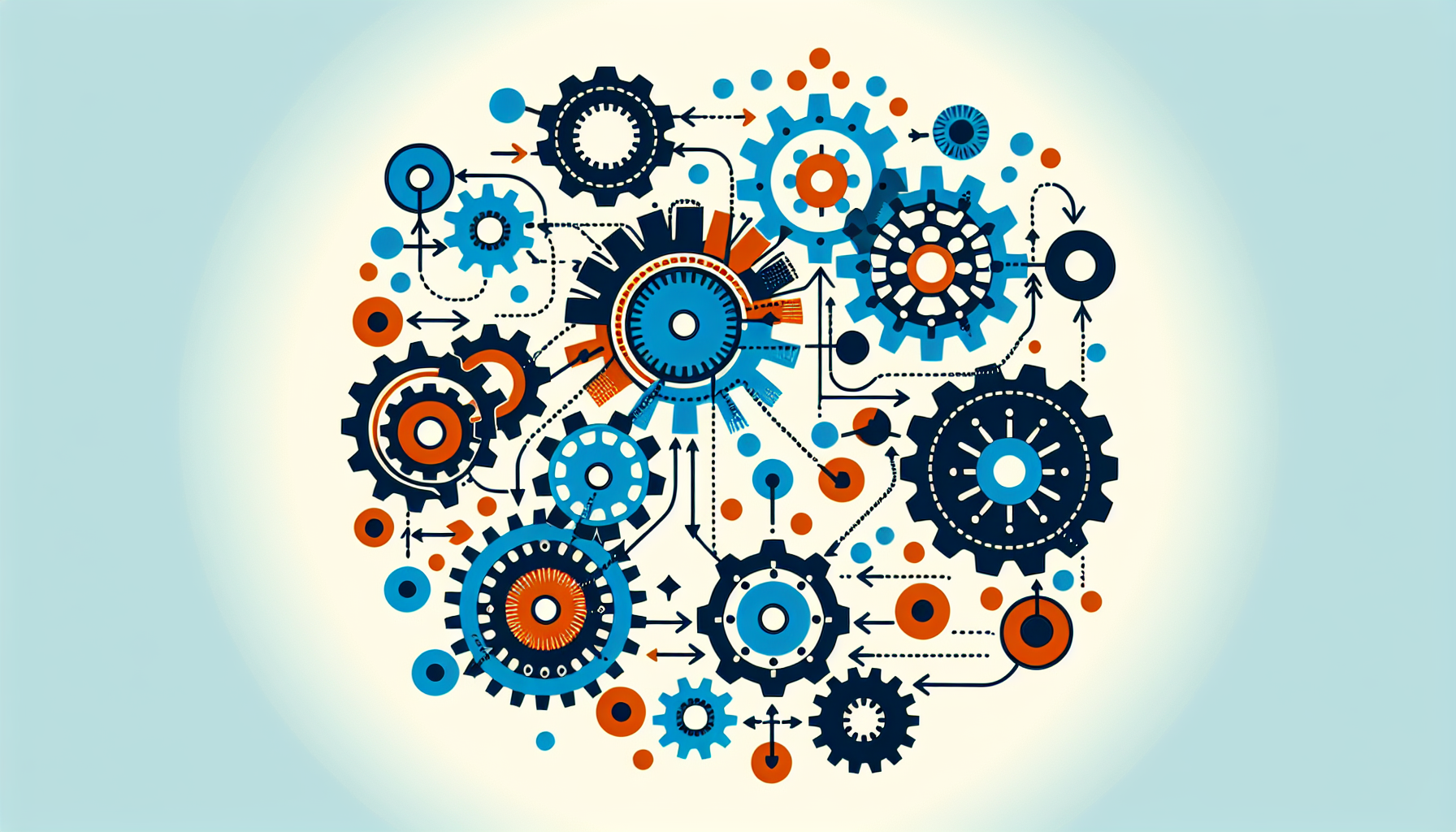The Art of Storytelling in Data Careers

Data can be overwhelming in its raw form. Numbers, charts, and graphs can convey vast amounts of information but often lack the necessary context to be truly impactful. This is where storytelling becomes essential. By framing data within a narrative, data professionals can provide critical context, emphasize key insights, and make the information more relatable to their audience.
Techniques for Effective Data Storytelling
1. Know Your Audience: Understanding the audience’s background, interests, and familiarity with the data is crucial. Tailoring the narrative to resonate with the audience can significantly enhance engagement. For instance, when presenting to healthcare professionals, the focus might be on clinical implications, while discussions with financial stakeholders could emphasize budget impacts and resource allocation. 2. Create a Clear Structure: A well-structured story typically follows a beginning, middle, and end format. Starting with a hook captures attention, followed by outlining the problem or insight, and concluding with implications or calls to action. This logical structure helps guide the audience through the information seamlessly. 3. Use Visuals Wisely: Effective data storytelling often incorporates visuals that enhance comprehension. Data visualizations—such as infographics, charts, or interactive dashboards—can illustrate points without overwhelming the audience with raw numbers. For example, a well-designed chart can effectively demonstrate the correlation between lifestyle changes and improved health outcomes, reinforcing the narrative and enhancing understanding. 4. Incorporate Emotion: Emotion plays a significant role in how data is received. By sharing personal stories or testimonials, data professionals can humanize the data, making it resonate on a deeper level. For instance, recounting a success story of a patient who benefited from a specific intervention can inspire stakeholders to support future initiatives and foster a sense of urgency. 5. Practice Clarity and Brevity: Clarity is paramount when communicating data insights. Data professionals should strive to distill complex information into simple, clear messages. Additionally, brevity is essential; keeping the narrative concise ensures that the audience remains focused and engaged without losing sight of critical points.
Real-World Examples of Storytelling in Data
Various organizations have effectively harnessed storytelling to enhance their data communications. Charity: Water, a nonprofit organization, exemplifies this practice by combining compelling narratives with data in their reports. They share personal stories of individuals positively impacted by their projects alongside relevant statistics, creating a powerful narrative that resonates deeply with donors and stakeholders. In the healthcare sector, storytelling has gained traction as a means of communicating outcomes. Hospitals and clinics increasingly share success stories of patients who have benefited from specific treatments, supported by data elucidating the efficacy of those interventions. This approach not only informs stakeholders but also builds trust and credibility, essential components in health-related decision-making.
In the domain of data careers, the ability to tell a story is nearly as vital as the skill to analyze data itself. By leveraging the power of narrative, data professionals can communicate insights in ways that are engaging, relatable, and actionable. As the demand for data-driven decision-making grows across various industries, mastering the art of storytelling will become an invaluable asset for aspiring data professionals. Ultimately, the fusion of data and storytelling not only enhances comprehension but also drives meaningful action, making it a powerful tool in the hands of those who wield it.
Data Storytelling Specialist
Marketing agencies, healthcare organizations, consulting firms
Core Responsibilities
Develop and deliver compelling narratives that communicate complex data insights to non-technical stakeholders.
Collaborate with cross-functional teams to understand data context and craft stories that align with business objectives.
Required Skills
Strong proficiency in data visualization tools (e.g., Tableau, Power BI) and presentation software (e.g., PowerPoint).
Excellent written and verbal communication skills, with a knack for simplifying complex concepts.
Healthcare Data Analyst
Hospitals, health insurance companies, public health organizations
Core Responsibilities
Analyze patient data to identify trends and improve healthcare outcomes, presenting findings through storytelling to various stakeholders.
Collaborate with clinical teams to translate data into actionable insights that inform patient care strategies.
Required Skills
Proficiency in statistical software (e.g., R, SAS) and data visualization tools.
Familiarity with healthcare regulations and data privacy standards (e.g., HIPAA).
Business Intelligence Analyst
Retail companies, financial institutions, tech firms
Core Responsibilities
Design and implement data models to support business decisions, crafting narratives that help stakeholders understand the potential impacts.
Generate reports and dashboards that highlight key performance indicators and trends.
Required Skills
Expertise in SQL and experience with BI tools (e.g., Looker, Microsoft Power BI).
Strong analytical skills with the ability to interpret complex datasets and communicate insights effectively.
Data Visualization Designer
Marketing agencies, tech startups, educational institutions
Core Responsibilities
Create engaging visual representations of data to facilitate storytelling and enhance comprehension for diverse audiences.
Collaborate with data analysts and subject matter experts to ensure accuracy and relevance in visual content.
Required Skills
Proficiency in design software (e.g., Adobe Illustrator, Figma) and data visualization tools (e.g., D3.js, Tableau).
Strong understanding of user experience and information design principles.
Marketing Data Scientist
E-commerce companies, advertising agencies, consumer goods brands
Core Responsibilities
Analyze marketing data to uncover insights that drive campaign strategy and effectiveness, using storytelling to report findings to marketing teams.
Develop predictive models to understand customer behavior and inform marketing initiatives.
Required Skills
Strong background in statistical analysis and machine learning techniques.
Proficiency in programming languages (e.g., Python, R) and experience with marketing analytics tools (e.g., Google Analytics).


